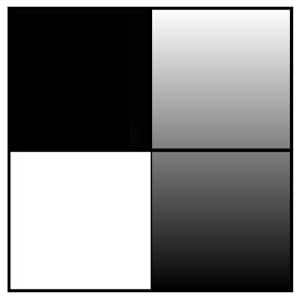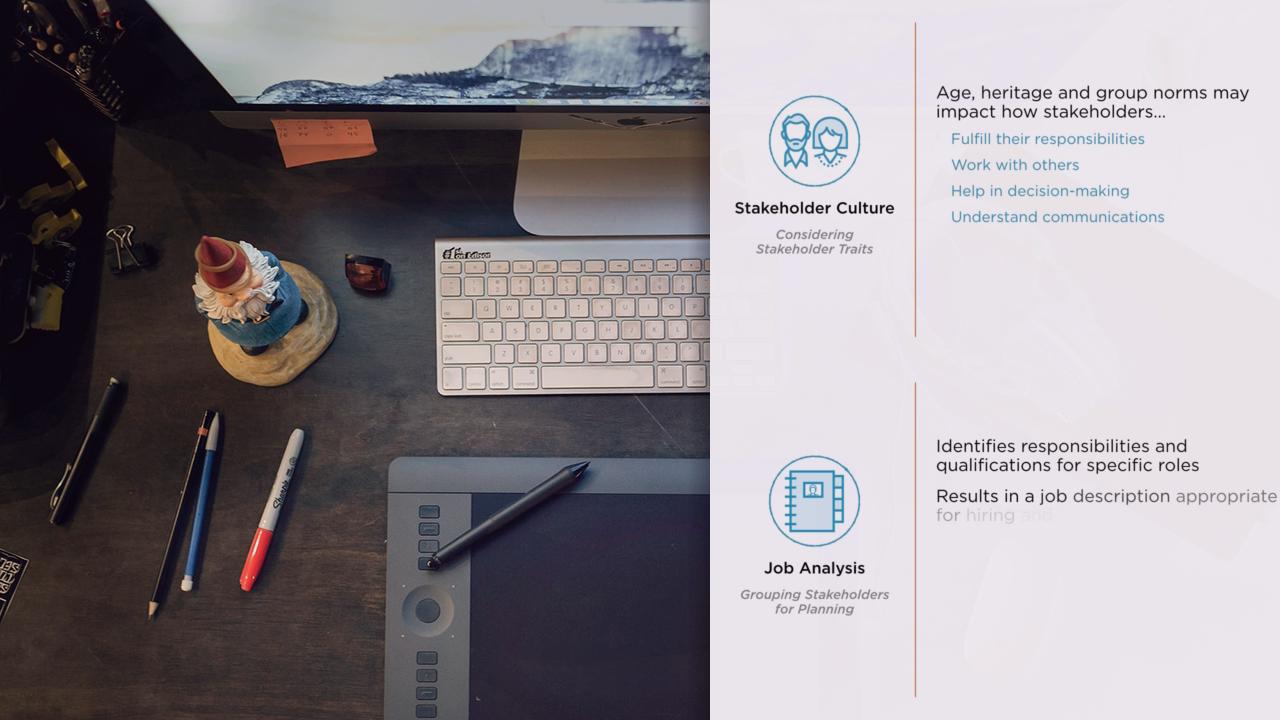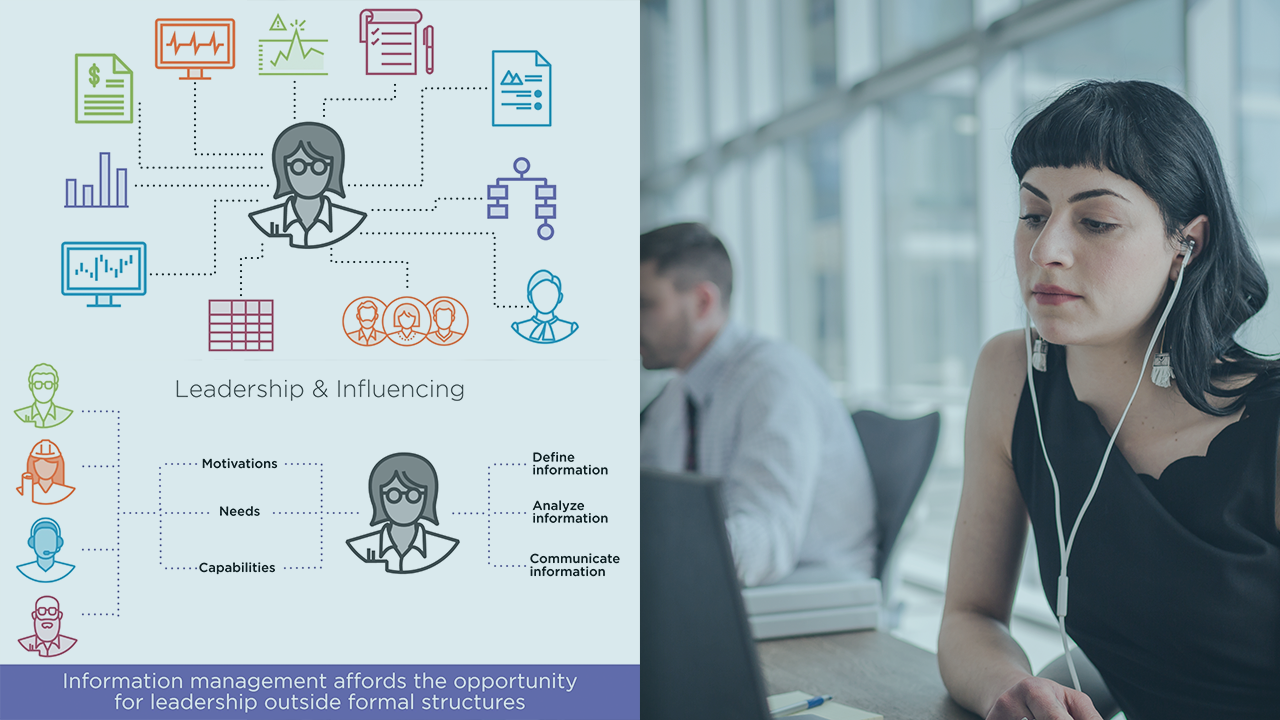Description
Learn how to solve real-world business problems using predictive analytics and business intelligence.
Syllabus:
Course 1: Problem Solving with Advanced Analytics
The Problem Solving Framework
- Learn a structured framework for solving problems with advanced analytics
Selecting an Analytical Methodology
- Select the most appropriate analytical methodology based on the context of the business problem
Linear Regression
- Build, validate, and apply linear regression models to solve a business problem
Project: Predict Sales for a Catalog Launch
A home-goods manufacturer wishes to forecast profits from a catalog launch. You will work through the problem using a framework and create a linear regression model to provide results and a recommendation.
Course 2: Data Wrangling
Understanding Data
- Understand the most common data types
- Understand the various sources of data
Data Issues
- Identify common types of dirty data
- Make adjustments to dirty data to prepare a dataset
- Identify and adjust for outliers
Data Formatting
- Summarize, cross-tabulate, transpose, and reformat data to prepare a dataset for analysis
Data Blending
- Join and union data from different sources and formats
Project: Create an Analytical Dataset
A pet store chain is deciding where to open its next location. You will use data preparation techniques to create a robust analytic dataset, which you will then use to build a predictive model to determine the best location.
Course 3: Classification Models
Classification Problems
- Understand the fundamentals of classification modeling and how it differs from modeling numeric data
Binary Classification Models
- Build logistic regression and decision tree models
- Use stepwise to automate predictor variables selection
- Score and compare models and interpret the results
Non-Binary Classification Models
- Build and compare forest and boosted models and interpret their results
- Score and compare models and interpret the results
Project: Predict Loan Default Risk
Recently, a bank received a flood of loan applications. You will create and use a classification model to recommend which loan applicants the bank should lend to.
Course 4: A/B Testing
A/B Testing Fundamentals
- Understand the fundamentals of A/B testing, including selecting target and control units and variables and the duration of a test
Randomized Design Tests
- Select test and control variables and understand the i importance of sample size
- Design a randomized design A/B test and analyze the results
Matched Pair Design Tests
- Match test units to control units
- Design a matched pair design A/B test and analyze the results
Matched Pair Practice
- Use trend and seasonality as control variables for a matched pair design A/B test
Project: A/B Test a Menu Launch
A coffee shop chain is considering introducing a new menu. You will design and analyse an A/B test and make a recommendation to the chain about whether the new menu should be introduced.
Course 5: Time Series Forecasting
Fundamentals of Time Series Forecasting
- Understand trend, seasonal, and cyclical behavior of time series data
ETS Models
- Use time series decomposition plots
- Build out an ETS model in Alteryx
ARIMA Models
- Stationarize data through differencing, a process that prepares data for ARIMA modeling
- Build out an ARIMA model in Alteryx
Analyzing and Visualizing Results
- Use holdout samples to compare models and select the best one for a business problem
- Visualize your forecasts through various plots
Project: Forecast Video Game Demand
Production levels are being planned by a video game producer. You will forecast monthly demand using time series forecasting models and make a recommendation to help match supply to demand.
Course 6: Segmentation and Clustering
Segmentation Fundamentals
- Understand the difference between localization, standardization, and segmentation
Preparing Data for Clustering
- Scale data to prepare a dataset for cluster modeling
- Select variables to include based on the business context
Variable Reduction
- Use principal components analysis (PCA) to reduce the number of variables for cluster model
Clustering Models
- Select the appropriate number of clusters
- Build and apply a k-centroid cluster model
Validating and Applying Clusters
- Validate the results of a cluster model
- Visualize and communicate the results of a cluster model
Creating Visualization With Tableau
- Become proficient in basic Tableau functionality, including charts, filters, hierarchies, etc.
- Create calculated fields in Tableau
Project: Combine Predictive Techniques
A grocery store chain intends to expand significantly. You will use a variety of analytical techniques to make recommendations on how to expand. After finishing the project, you will be confident in combining predictive techniques and delivering results to complex business problems.








